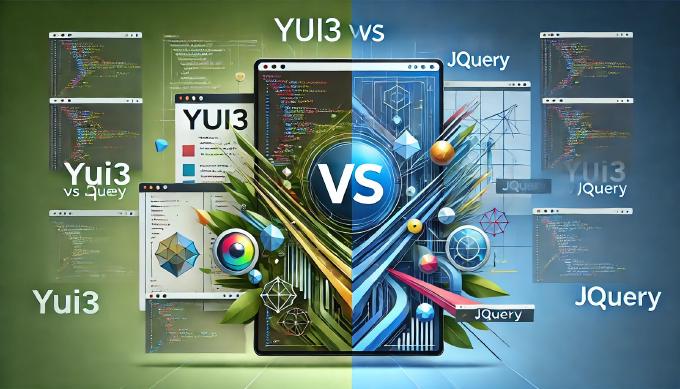Customizing phpBB3 the Smart Way: Feature-Driven Configuration

Let’s assume you have installed phpBB3 to run forums on the web-project you are working on. It can be a Drupal-based site using phpBBforum Integration module . Anyway, the forum system was re-skinned and your project manager, seems, is pretty happy for the first. But later he requests some changes, e.g. to prevent users from sending emails to each other within the board. This one is easy; you can just direct him to ACP / General / E-mail settings, where board-wide emails can be disabled globally.











